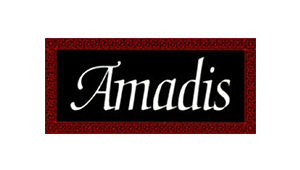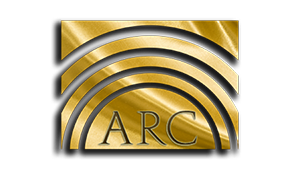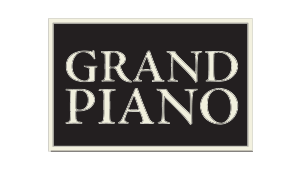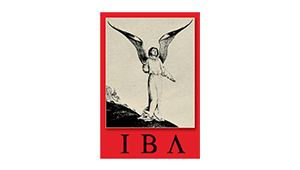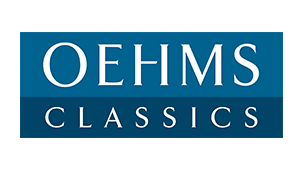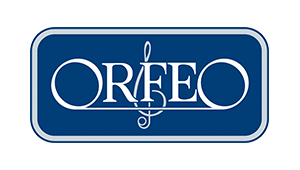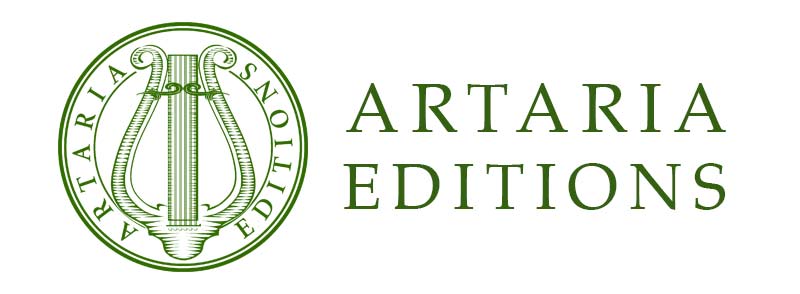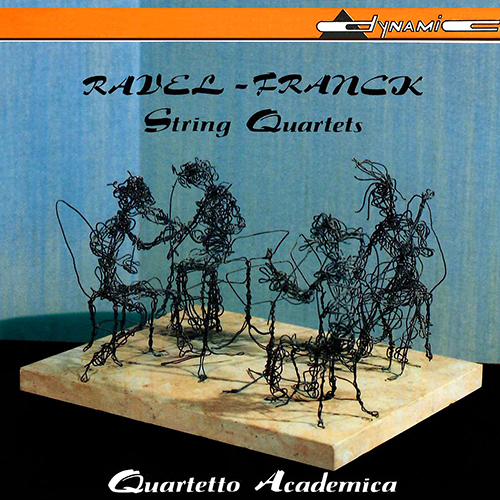RAVEL, M.: String Quartet / FRANCK, C.: String Quartet (Academica String Quartet)
Tracklist

Born in Liège in 1822, César Franck was originally intended by his father for a career as a virtuoso pianist. In Paris his nationality excluded him at first from the Conservatoire, where he eventually failed to achieve the necessary distinction as a performer, turning his attention rather to composition. In 1846 he left home and went to earn his living in Paris as a teacher and organist, winning particular fame in the second capacity at the newly built church of Ste Clotilde, with its Cavaillé-Coll organ. He drew to himself a loyal and devoted circle of pupils and in 1871 won some official recognition as the nominated successor of Benoist as organ professor at the Conservatoire. A man of gentle character, known to his pupils as ‘Pater seraphicus’, he exercised considerable influence through his classes and performances although he remained, as a composer, something of an outsider in a Paris interested largely in opera.
Orchestral Music
Franck’s best-known orchestral works are the Symphonic Variations for solo piano and orchestra and the Symphony in D minor, completed in 1888 and first performed at a Conservatoire concert the following year. A brief series of symphonic poems includes the early Ce qu’on entend sur la montagne (‘What is heard on the mountain’), based on Victor Hugo’s Le Chasseur maudit (‘The Accursed Huntsman’); Les Djinns, again after Hugo; and Psyché, a symphonic poem with chorus.
Sacred Music
Franck wrote a number of large-scale choral works on biblical subjects, as well as smaller-scale works for occasional or liturgical use. This last category includes the well-known Panis angelicus of 1872, originally for tenor, organ, harp, cello and double bass. Panis angelicus was later interpolated into the three-voice Mass of 1861.
Chamber Music
Franck wrote one violin sonata, which, like his symphony, is united by a cyclic use of thematic material that connects the movements. There is also a fine piano quintet, completed in 1879, and a final string quartet, written in 1890.
Organ Music
As a very distinguished organist, Franck wrote remarkably little for the instrument on which his improvisations had won him fame and pupils. Organ compositions published include Trois Chorals of 1890 and Trois Pièces, written a dozen years earlier. The six organ pieces published in 1868 are entitled Fantaisie; Grande Pièce Symphonique; Prélude, fugue et variation; Pastorale; Prière; and Final.
Piano Music
Franck’s earlier piano music was designed for his own virtuoso performance. Two later works remain in general repertoire: the Prélude, choral et fugue of 1884 and the Prélude, aria et final, completed in 1887.

French, of paternal Swiss and maternal Basque descent, Ravel combined skill in orchestration with meticulous technical command of harmonic resources, writing in an attractive musical idiom that was entirely his own in spite of contemporary comparisons with Debussy, a composer his senior by some 20 years.
Stage Works
Operas
Ravel wrote two operas. The first, L’heure espagnole (‘The Spanish Clock’), is described as a comédie musicale; the second, with a libretto by Colette, is the imaginative L’Enfant et les sortilèges (‘The Child and the Enchantments’), in which the naughty child is punished when furniture and animals assume personalities of their own.
Ballets
Ravel wrote his ballet Daphnis et Chloé in response to a commission from the Russian impresario Diaghilev. The work, described as a symphonie choréographique, is based on the Hellenistic pastoral novel of Longus. Ma Mère l’oye (‘Mother Goose’), originally for piano duet, was orchestrated and used for a ballet, as were the Valses nobles et sentimentales and the choreographic poem La Valse. Ravel’s last ballet score was the famous Boléro, a work he himself described as an orchestrated crescendo.
Orchestral Music
In addition to the scores for ballet and arrangements of piano works for the same purpose, Ravel wrote an evocative Rapsodie espagnole (‘Spanish Rhapsody’). Other orchestrations of original piano compositions include a version of the very well-known Pavane pour une infante défunte (‘Pavane for a Dead Infanta’), the Menuet antique, Alborada del gracioso from Miroirs, and pieces from Le Tombeau de Couperin. Ravel wrote two piano concertos: the first, completed in 1930, was for the left hand only, commissioned by the pianist Paul Wittgenstein who had lost his right arm in the war; the second, for two hands, was completed in 1931.
Vocal Music
Songs by Ravel include the remarkable Shéhérazade (settings of a text by Tristan Klingsor for mezzo-soprano and orchestra) and the Don Quichotte à Dulcinée (‘Don Quixote to Dulcinea’) songs, originally written for a film about Don Quixote in which the famous Russian bass Chaliapin was to star. Songs with piano include settings of Jules Renard’s Histoires naturelles, portraying its instinctive sympathy with the birds and the cricket. Ravel’s five unsuccessful attempts to win the Prix de Rome are represented by five cantatas, submitted according to the rules of the competition as he chose to interpret them.
Chamber Music
Ravel’s chamber music includes the evocative nostalgia of Introduction and Allegro for harp, flute, clarinet and string quartet, a violin sonata with a jazz-style blues movement, a piano trio, and a string quartet. Tzigane, written for the Hungarian violinist Jelly d’Arányi, is a remarkable excursion into extravagant gypsy style.
Piano Music
Ravel himself was a good pianist. His music for the piano includes compositions in his own nostalgic archaic style, such as the Pavane and the Menuet antique, as well as the more complex textures of pieces such as Jeux d’eau (‘Fountains’), Miroirs and Gaspard de la nuit, with its sinister connotations. The Sonatina is in Ravel’s neoclassical style and Le Tombeau de Couperin is in the form of a Baroque dance suite.


